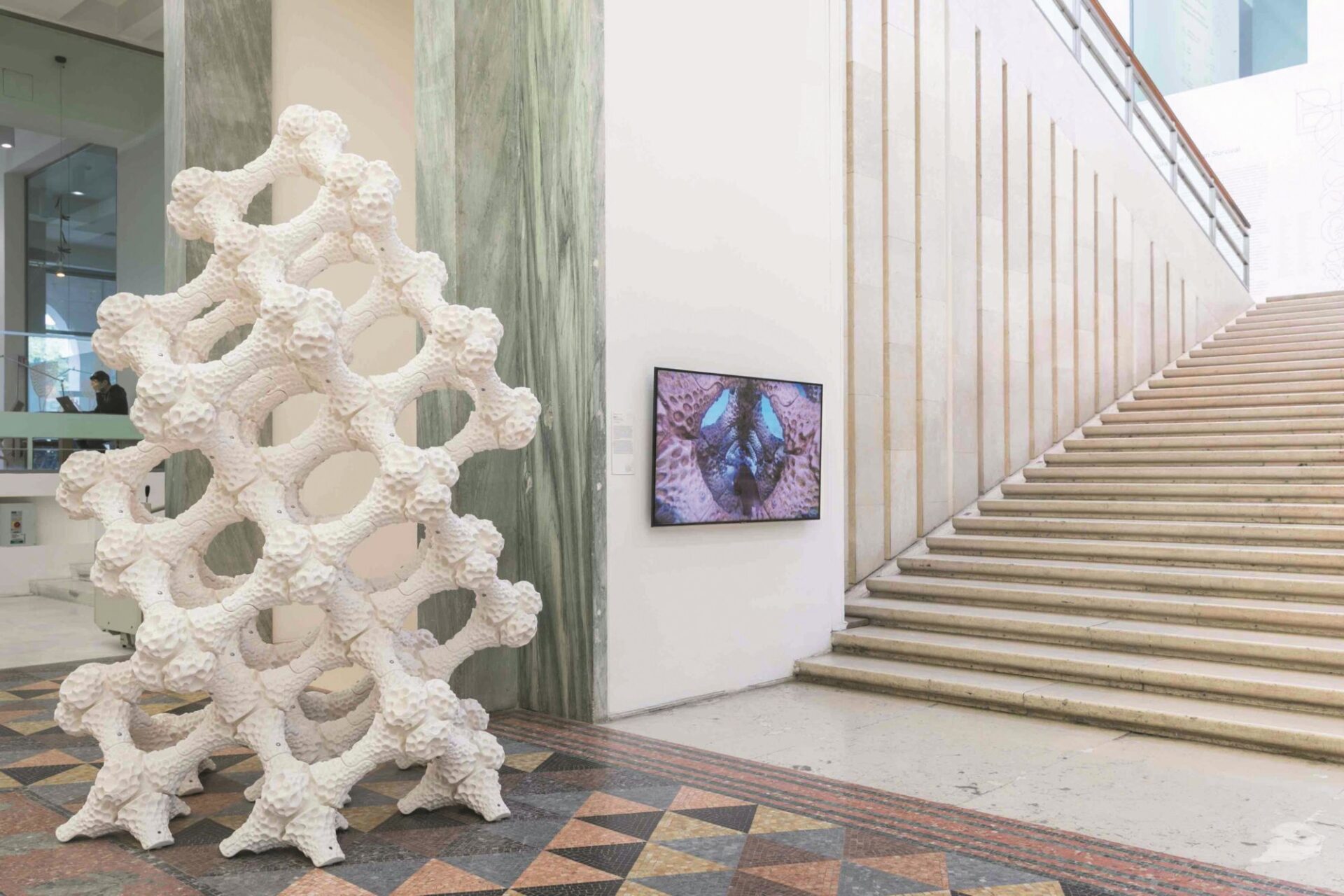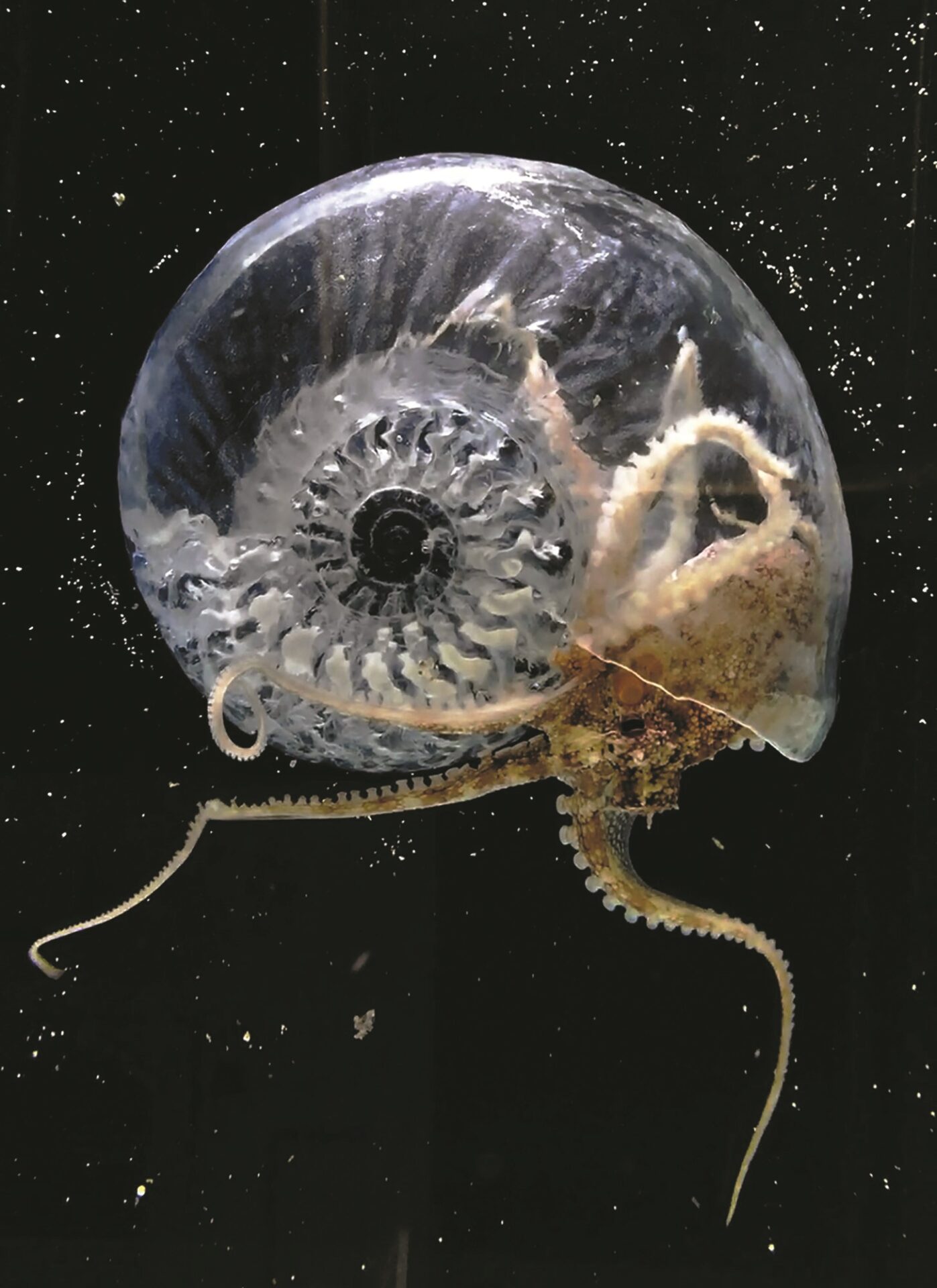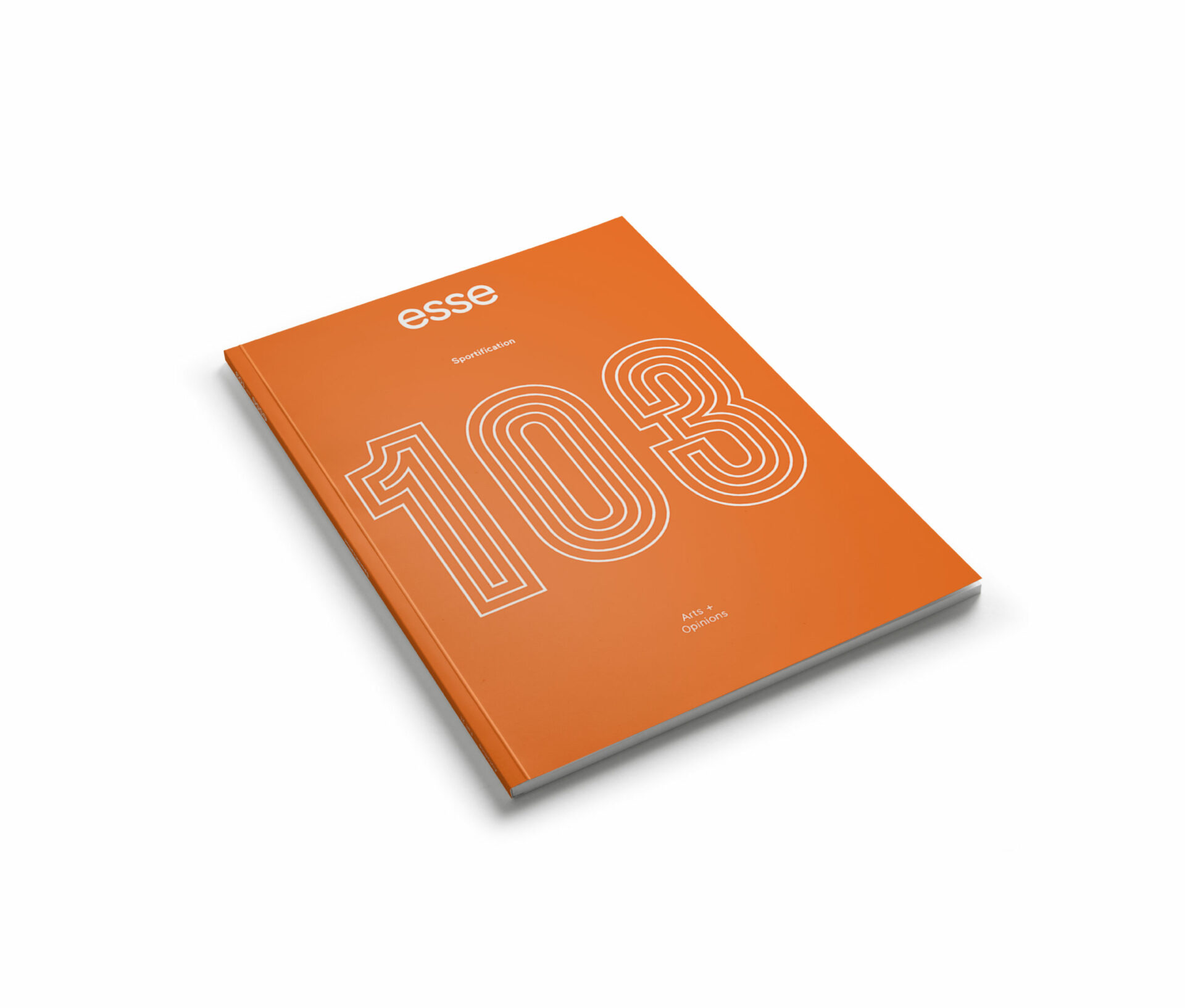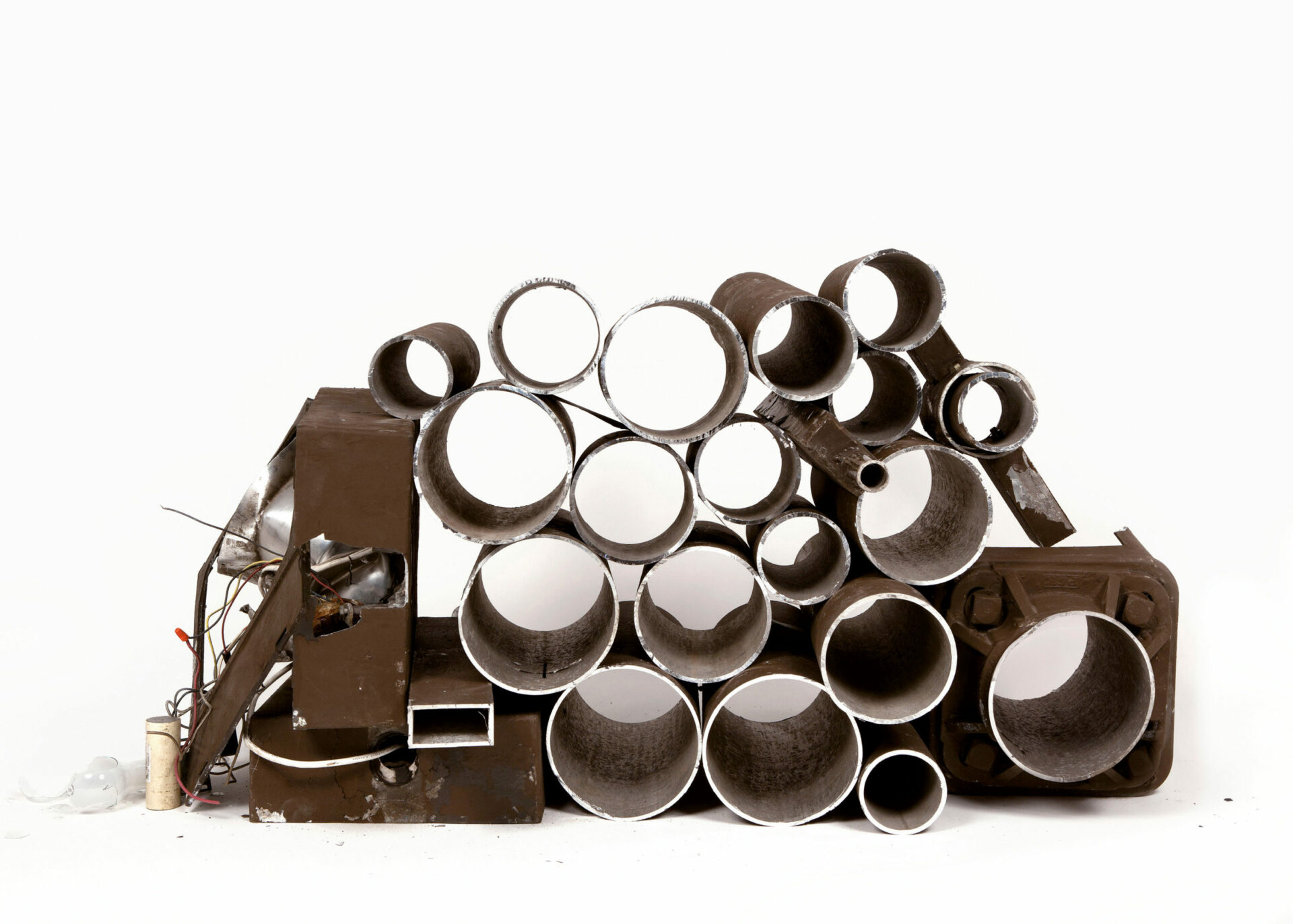
The Museum of Modern Art, New York
November 21, 2020 — August 15, 2021
November 21, 2020 — August 15, 2021

Think Evolution #1: Kiku-ichi (Ammonite), 14,5 × 12 × 6 cm, 2016-2017.
Photo : courtesy of the artist and MAHO KUBOTA GALLERY
[En anglais]
In the Western world, art and nature have been at odds for a long time. During the seventeenth century, artworks focusing on plants, animals, and landscape were relegated to the lower ranks of creative production by Italian and French academicians. History, mythology, and religion were considered much more important because they reassessed our centrality as humans. Our anthropocentric obsession predates this historical moment, but its art historical theorization, which roughly coincided with similar affirmations in philosophy and literature, had a tremendous impact on our existential myopia. The mountains of flowers cascading from opulent vases in Baroque still life paintings are all about us, not flowers; they are symbolic mirrors in which we contemplated our virtues and our dreams, and came to terms with our fears of the passing of time and the fading of youth. Is it much of a surprise that we currently find ourselves on the brink of an irremediable climate crisis and interrelated mass extinction? Of course not. But while art is not the cause of the Anthropocene, painting and other media have been symptoms of an underlying condition that has plagued most of what we call Modernity. Art’s complicity in the marginalization of nature in culture is undeniable.
That said, artists are not the only ones to blame. Institutions and art historians have for centuries promoted anthropocentrism while marginalizing artists whose work focused on environmental degradation, ecology, and biodiversity. But the situation is changing, and changing fast. The popularization of the word Anthropocene has certainly worked wonders in awakening the artworld’s interest in the state of our planet. Innovative perspectives by contemporary thinkers like Bruno Latour, Donna Haraway, Anna Tsing, and Dipesh Chakrabarty, among others, are beginning to inform the work of today’s artists.
But the all-important question still stands: Can art save the planet? The answer is most likely “no.” Not because it’s too late, but because since the twentieth century most modern art has intentionally isolated itself from the real world. And in recent years contemporary art has too keenly embraced hyper-highbrow Conceptualism as its baseline, nurturing an unnecessarily conflicted relationship with beauty that has discouraged the neophyte and alienated the non-specialist museum visitor. In order to instigate real change, artists and institutions need to reach out to vast audiences in engaging and accessible ways.
Créez-vous un compte gratuit ou connectez-vous pour lire la rubrique complète !
Mon Compte



